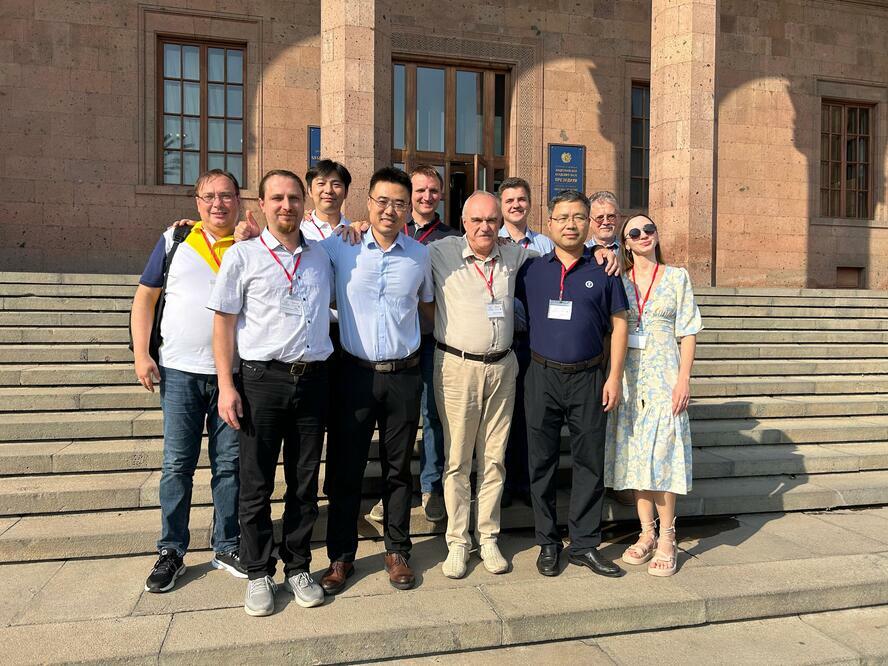Researchers from NUST MISIS, Henan Academy of Sciences, and China University of Mining and Technology are developing coatings that can increase the service life of heat-loaded components in the energy and mechanical engineering industries by several times. The core of these coatings consists of zirconium and molybdenum borides and silicides, which are highly resistant to oxidation. A layer of borosilicate glass applied to the surface creates a self-healing effect, sealing defects and cracks.
“In the Mo-Si-B system, there is a unique T2-phase ceramic composition, Mo5SiB2, which offers high heat resistance but insufficient oxidation resistance. This problem can be addressed by multi-component coatings that extend the material’s lifespan,” Philipp Kiryukhantsev-Korneev, D.Sc., Professor of the Department of Powder Metallurgy and Functional Coatings, Head of the Laboratory In situ Diagnostics of Structural Transformations at the MISIS-ISMAN scientific center.
To produce the precursor material, an efficient SHS technology was used, based on an exothermic reaction occurring in a combustion mode that forms heterophase products. The coatings themselves were created using magnetron sputtering techniques.
In a study published in the scientific journal “Izvestiya VUZov. Powder Metallurgy and Functional Coatings”, scientists applied coatings in the Zr-Mo-Si-B system using both direct current magnetron sputtering (DCMS) and high-power impulse magnetron sputtering (HIPIMS). The DCMS method enabled the creation of defect-free coatings on complex-shaped parts, while HIPIMS, by increasing plasma density, made the protective layer more durable, wear-resistant, and heat-resistant.
“The coatings obtained via DCMS and HIPIMS feature a dense structure with low defect levels and uniform element distribution. They demonstrated high oxidation resistance at temperatures up to 1500°C. Switching from DCMS to HIPIMS reduced the depth of oxidation by
16–21%,” Evgeny Levashov, D.Sc., head of the Powder Metallurgy and Functional Coatings department, director of the NUST MISIS-ISMAN SHS research and education Center.
Additionally, heat-resistant coatings with a Mo30Si60B10 composition were applied to a ceramic substrate made from the T2 phase via magnetron sputtering. Test results showed that the increased silicon content made the coating suitable for protecting molybdenum alloys from oxidation at temperatures up to 1700°C, with the oxidation rate decreasing by several orders of magnitude. The detailed results of the study are published in the Open Ceramics scientific journal (Q2).
The research was supported by Russian Science Foundation (project No.
and National Natural Science Foundation of China (project No. 52261135546).




